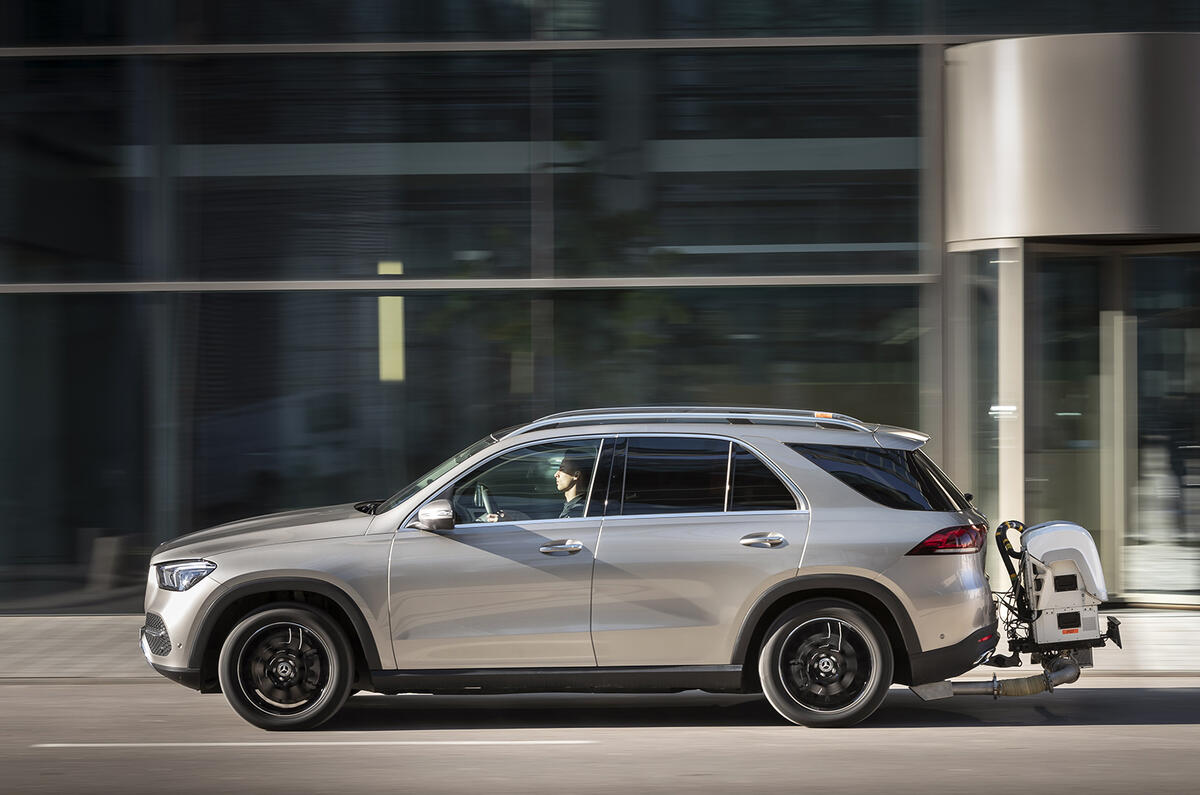The car industry is facing a possible crisis concerning real-world fuel economy data – which could have wide-ranging repercussions as significant as the fallout from the Dieselgate emissions test cheating scandal.
Two reports have emerged from the European Union over the past few weeks, the latest from the European Commission, and both could have far-reaching effects on the type of vehicles that manufacturers will be selling as soon as 2026.
What has happened?
The European Court of Auditors and the European Commission both say the first real-world data obtained on fuel consumption shows that petrol, diesel and plug-in hybrid cars are all well adrift of their official laboratory calculated fuel consumption and CO2 emission figures.
The first estimates for a sample of cars registered in 2022 show that the WLTP test regime overestimates the fuel economy of petrol cars by 23.7% and of diesel cars by 18.1%.
PHEVs average CO2 emissions of 139.5g/km, which is some 23% better than the internal combustion engine average.
However, the real-world monitoring suggests that PHEVs aren’t being charged as often as was estimated by the WLTP regime.
The upshot of the analysis is that larger-engined models, the heaviest SUVs and luxury cars and PHEVs, along with underperforming mainstream ICE vehicles, will now face renewed scrutiny by the European authorities.
The EU Court of Auditors also recommends that the EU follows the UK’s legislative lead and drops the current laws that make car makers meet ‘fleet average’ CO2 targets (currently 115.1g/km, dropping to 93.6g/km from next year) in favour of “targets based instead on a minimum share of zero-emission vehicles”.







Join the debate
Add your comment
Perfectly simple way around the PHEV thing. Use the hybrid battery to start the engine. Let it go flat by not charging it and the car won't start.
WLTP PHEV fuel consumption figures are based on a weighted figure assuming the vehicle is using electricty for most of the tested cycle. So the proportion of mileage on ICE or electric is the main factor in calculating the Weighted Combined MPG per WLTP. It would have been far better to publish battery range and efficiency whilst on electric, as well as MPG on fuel alone. The latter measure is part of the WLTP test (Charge sustaining mode) but few manufacturers disclose it. Then consumers could compare running a PHEV on petrol or diesel versus other power sources and work out that PHEVS are not very efficient even when looking at WLTP test figures.
I was at a BMW dealers recently while trying to source my next car that Phev was my only alternative because of the mandate of all cars brands having to go EV by 2035, I questioned the charging of the Car and they said you don't have to plug it in, lots of our customers don't!, well, I really don't use a car much, maybe two three thousand miles a year,so having EV power won't reach benefit me or help with climate change.
I think you've been sniffing fumes for to long. You have no alternative other than a phev because of a rule coming in in 10 years time, really.